CILOSTAZOL - ORAL
PHONETIC PRONUNCIATION: (sye-LOE-sta-zol)
COMMON BRAND NAME(S): Pletal
GENERIC NAME(S): cilostazol
Uses
USES: Cilostazol is used to improve the symptoms of a certain blood flow problem in the legs (intermittent claudication). Cilostazol can decrease the muscle pain/cramps that occur during exercise/walking. Claudication pain is caused by too little oxygen getting to the muscles. Cilostazol can increase blood flow and the amount of oxygen that gets to the muscles. Cilostazol is an antiplatelet drug and a vasodilator. It works by stopping blood cells called platelets from sticking together and prevents them from forming harmful clots. It also widens blood vessels in the legs. Cilostazol helps the blood to move more easily and keeps blood flowing smoothly in your body.
How to use CILOSTAZOL - ORAL
HOW TO USE: Read the Patient Information Leaflet if available from your pharmacist before you start taking cilostazol and each time you get a refill. If you have any questions, ask your doctor or pharmacist. Take this medication by mouth without food as directed by your doctor, usually twice daily, at least 30 minutes before or 2 hours after breakfast and dinner. The dosage is based on your medical condition, response to treatment, and other medications you may be taking. Be sure to tell your doctor and pharmacist about all the products you use (including prescription drugs, nonprescription drugs, and herbal products). Use this medication regularly to get the most benefit from it. Remember to use it at the same times each day. Your symptoms may improve in 2-4 weeks, but it may take up to 12 weeks before you get the full benefit of this drug. Tell your doctor if your condition persists or worsens.
Side Effects
Precautions
Interactions
Overdose
Images
Reviews
Faq for CILOSTAZOL - ORAL
- Cilostazol is prescribed to improve symptoms of a certain blood flow problem in the legs (intermittent claudication) caused by narrowing blood vessels.
- Cilostazol works by widening blood vessels, thereby increasing blood flow and reducing the symptoms associated with intermittent claudication.
- The common side effects of Cilostazol include headache, diarrhea, dizziness, abnormal stools, and stomach pain. It is important to consult a doctor if these side effects persist or worsen.
- Cilostazol is usually taken orally twice a day, at least 30 minutes before or 2 hours after breakfast and dinner. Follow your doctor's instructions regarding the dosage and duration of treatment.
- Yes, Cilostazol has the potential to interact with several medications, including blood thinners, certain antidepressants, heart rhythm medications, and some antibiotics. Inform your doctor about all the medications you are currently taking to avoid any potentially harmful drug interactions.
- The effects of Cilostazol may not be immediately noticeable. It may take up to 12 weeks of continuous use to experience the full benefits. It is important to keep taking the medication as prescribed and follow up with your doctor regularly.
- It is generally not recommended to consume alcohol while taking Cilostazol, as it may increase the risk of certain side effects such as dizziness. Consult your doctor for specific advice based on your individual case.
- Cilostazol should not be used during pregnancy unless clearly necessary. It is also not recommended while breastfeeding, as its effects on the nursing baby are unknown. Consult your doctor to weigh the potential risks and benefits in such situations.
- If you accidentally miss a dose, take it as soon as you remember. However, if it is close to the time for your next dose, skip the missed dose and continue with your regular dosing schedule. Do not double the dose to catch up.
Warning
WARNING: Medications similar to cilostazol have caused serious (possibly fatal) problems in people with a certain type of heart disease (heart failure). Therefore, do not use cilostazol if you have heart failure.
Disclaimer
IMPORTANT: HOW TO USE THIS INFORMATION: This is a summary and does NOT have all possible information about this product. This information does not assure that this product is safe, effective, or appropriate for you. This information is not individual medical advice and does not substitute for the advice of your health care professional. Always ask your health care professional for complete information about this product and your specific health needs.
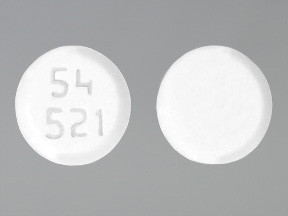
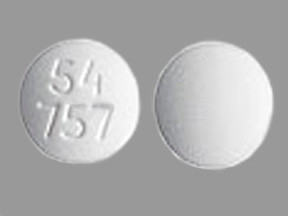
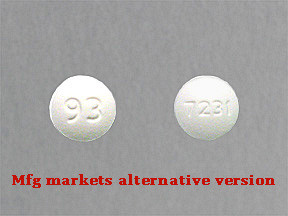
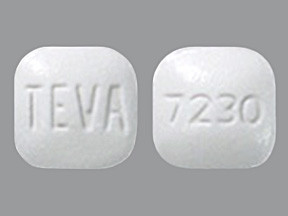
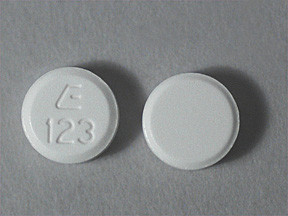

No Reviews Yet